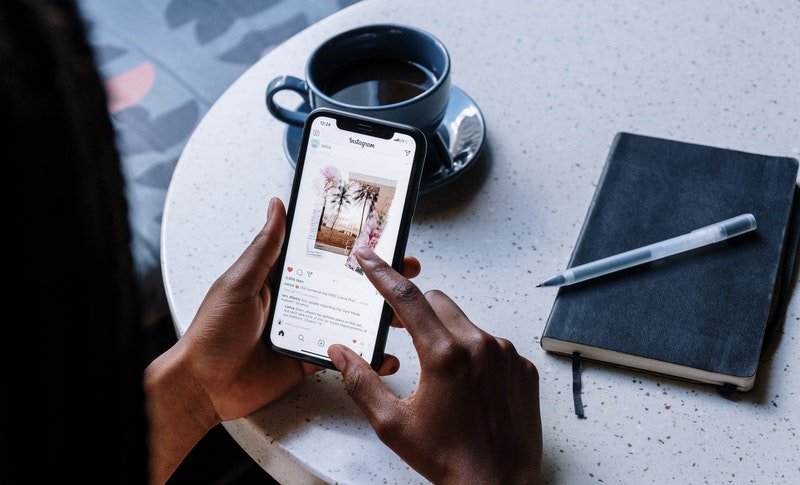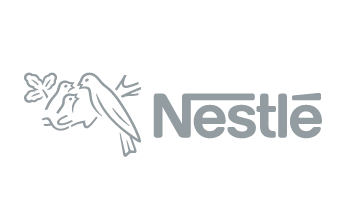As we gear up for the new year, we have to look at the many changes from the year that has passed. 2020 has had a massive impact on every aspect of our lives – not least of all the way we do business. Here are some of the emerging trends and a look at how they have transformed the marketing industry.
110% increase in Google searches for ‘digital marketing courses’
With numbers increasing to 110% between the months of February and July, it is clear that there has been a significant pique in interest in digital marketing. As more businesses realize the importance of having a strong digital presence the need for experts in the field also grows. We’re now seeing more medium and large companies seeking third party support through marketing agencies and smaller businesses trying to educate their team on best practices. This presents a huge opportunity for agencies to tailor simple courses or create more informative material to share with their audiences.
Drastic shift in ad spend
Having a strong digital pull does not happen by chance. Without key targeting and properly allocating ad spend, your efforts can go unrewarded. The most successful companies no longer rely solely on traditional marketing to propel them. Now, a great focus is being placed on digital ads. 2020 saw quite a change in how companies approached advertising. While traditional advertising saw a decrease, online ads were booming.
- There was a whopping 56.4% increase in general social media ad spend
- Twitter’s ad revenue returned to growth in Q3 2020, up 15% year-on-year,
- In Q2 global mobile ad spend surpassed expectations with a 71% increase
- Facebook saw a 22% spike in ad revenue in Q3 when compared to the third quarter of 2019
These trends are only expected to increase as Statista predicts that by 2022 more than 54% of global ad spend will be dedicated to digital media while only about 26% will be focused on TV.
Change in social media priorities

As the world becomes more virtually connected, brands have been changing their focus on social media. Simple engagement and reach is no longer the main goal. Hootsuite spoke with more than 11,000 marketers and 73% of that group cited customer acquisition as the main aim for 2021. One way to do this is to utilize features such as Instagram’s shoppable posts to provide convenience to followers. Of course, there is still a need to keep followers engaged to ensure they’ll keep coming back to your page.
Hootsuite also found that 68% of social media users don’t think that brands share interesting content. Brands have been turning this around by adding their voice to relevant social media trends and aligning with influencers and thought-leaders who are relatable to their audience. These collaborations can help a brand go from engagement to purchase as buyers are more likely to be swayed by the views of their peers than by a brand’s message. This has resulted in the re-emergence in the use of user-generated content to better appeal to consumers.
31.7% increase in mobile app downloads
With the need for more convenience, accessibility, and virtual connection, mobile apps had a great year. According to Cyber Click, Zoom ranked number two in most downloaded apps and, unsurprisingly, saw a massive boom in returns with a 355% increase in Q2 of 2020. While Tik Tok took the number one spot, healthcare, educational and business apps also saw a general increase in downloads. Have an app in mind? This year might be the ideal time to get it going!
362% increase in virtual events

During the pandemic, one of the hardest-hit industries was entertainment. Parties, concerts, conferences – these all had to be canceled or postponed as event planners and promoters held their breath in hopes that the world would soon be out of lockdown. As the weeks passed a new approach was taken and in-person events were moved online. This was a huge success for many and it saw events reaching a wider group. Shows like Verzuz led the way amassing a total of 9.1 million views in just one performance showing that there is indeed a great interest in virtual events. Overall there was a 362% increase in virtual events between March and September of 2020 when compared to the same period in 2019, according to Intrado.
As some countries opened up and allowed for public gatherings, in-person events resumed. However, event marketers have realized that the boom in virtual event attendance is a trend to maintain. Hybrid events are now thought to be the way to go – including a virtual element to in-person events in order to remove the barrier of borders or financial restrictions. 67% of the respondents in vFairs’ recent study said they expect to be joining virtual events over the next few years so the demand for virtual events is definitely there.
The Takeaway
2020 brought about a transformation like never before and we are now at the stage where we take these insights and turn them into actions that will help businesses grow. The need for convenience and contact-less connection has presented an opportunity for major digital growth. How do you plan to adjust your marketing strategy to meet these demands? We can help you develop a solid strategy to help your brand stand out. Let’s chat!










"Their experience and stewardship assisted us in making the right decisions for this project and many others."
Massy Stores
Vice President Marketing & Communications